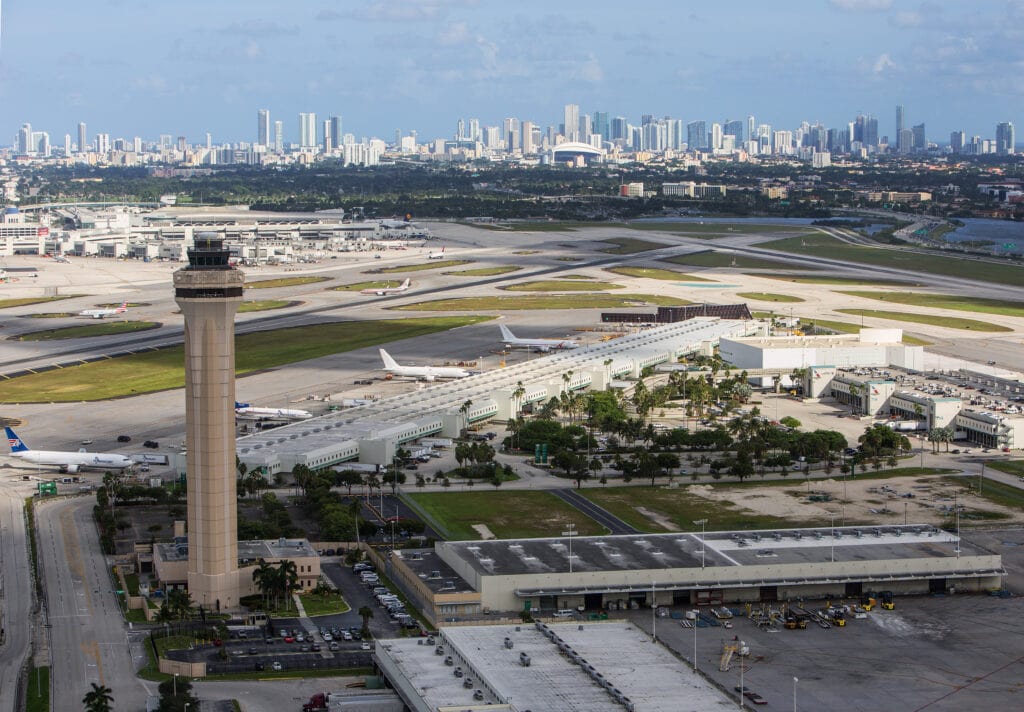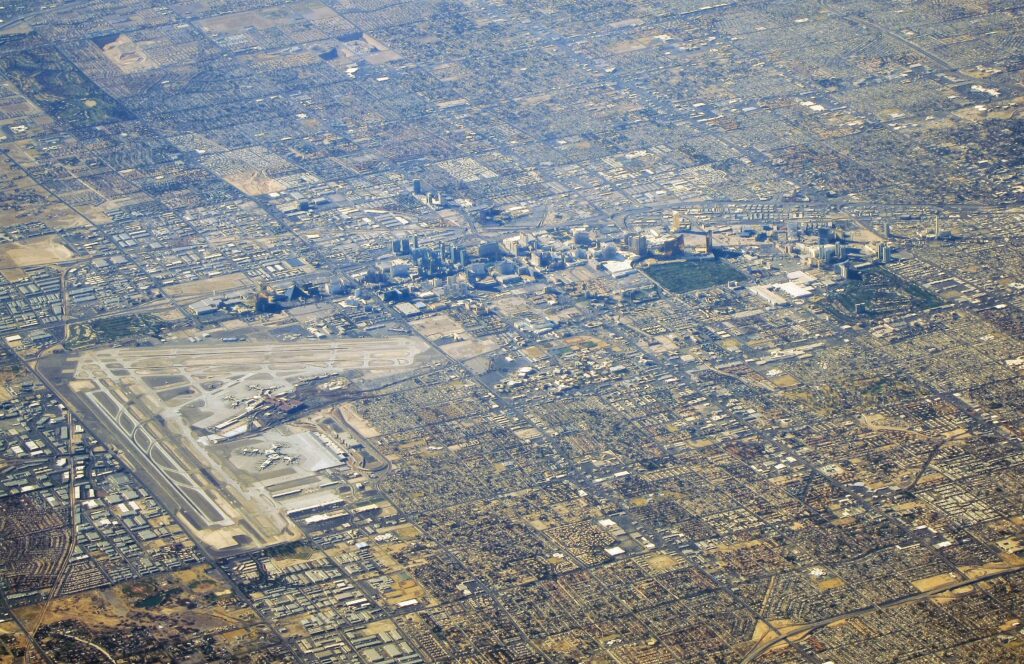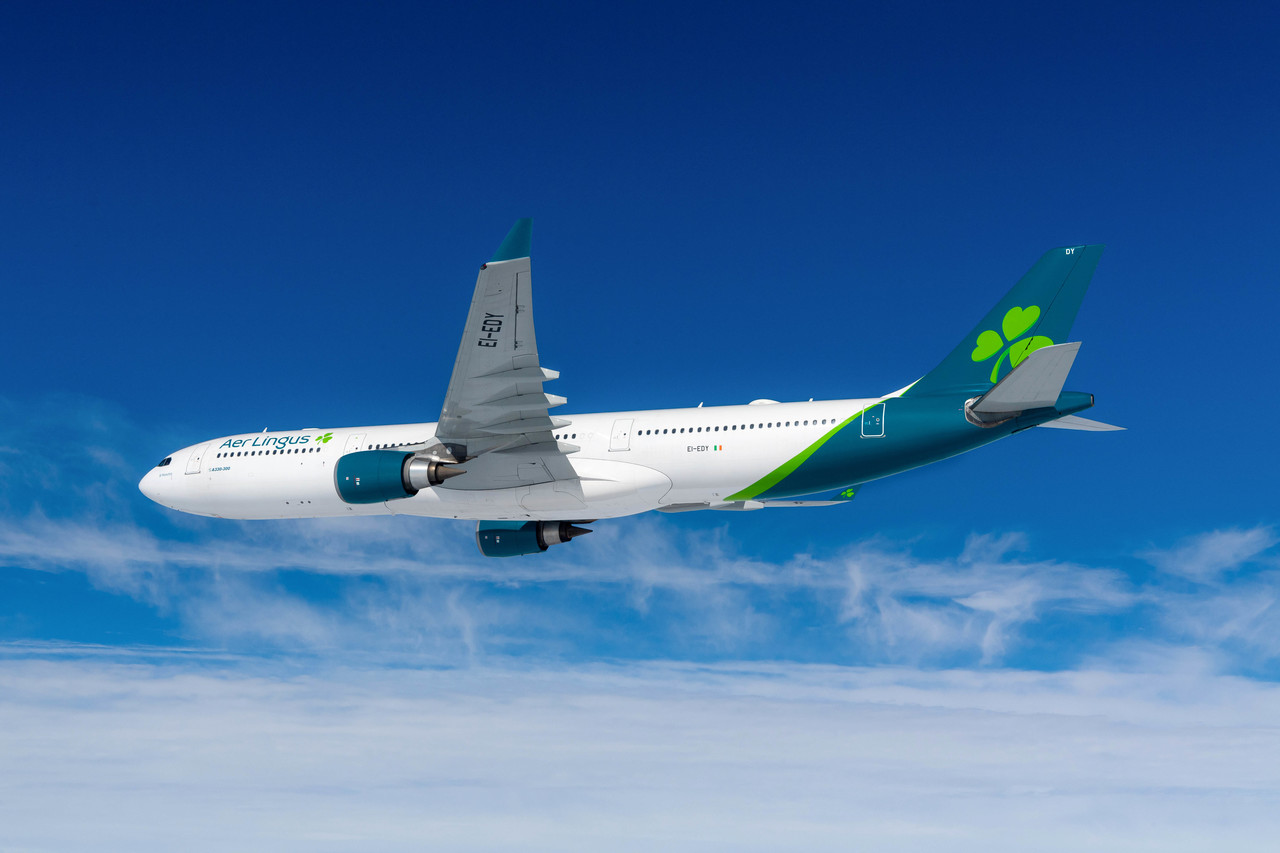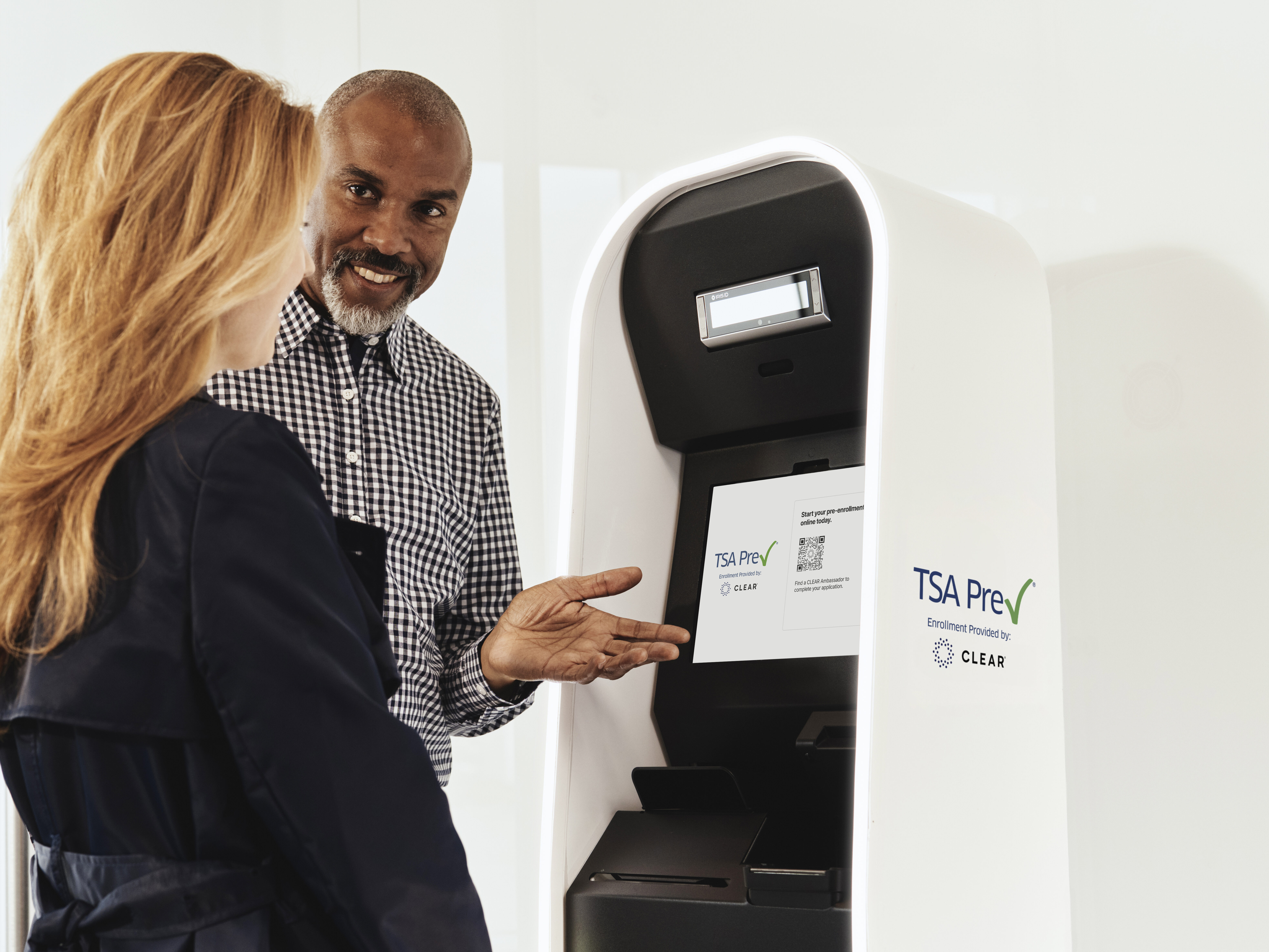Runway Safety Boost: FAA Allocates $100 Million to Reduce Near Misses
Following a string of high-profile near misses between commercial aircraft taxiing on runways in recent months, the government agency has announced it is providing funding to improve safety measures
by Lauren Smith
May 23, 2023

Photo: Courtesy of Miami International Airport
The Federal Aviation Administration (FAA) will spend over $100 million improving safety at runways at a dozen commercial airports following a series of high-profile near misses between passenger planes earlier this year.
The funds will reduce the risk of runway incursions, a potentially serious incident in which an aircraft, vehicle, or person is incorrectly present in the protected area of an airport designated for takeoff and landing.
Improvements include reconfiguring potentially confusing taxiways, installing airfield lighting, and constructing new taxiways to provide more flexibility on the airfield.
“Some airfields have complex layouts that can create confusion for pilots and other airport users,” said Shanetta R. Griffin, an FAA associate administrator. “This funding will reconfigure complex taxiway and runway intersections to help prevent incursions and enhance the safety of the National Airspace System.”
For instance, Miami International Airport (MIA) will receive $6 million to shift one taxiway and fix the intersection of two others. In addition, the investment will improve an airfield area that Jose Ramos, division director for planning, land use, and grants at the airport, called a “hot spot” that could confuse pilots.

Photo: Courtesy of Miami International Airport
“What this project is going to do is basically reconfigure the area, provide clear delineation of the taxi lanes where the aircraft transit through,” he told ABC News. “It’s going to better identify the approach areas to the runway, so generally, it’s a safety improvement to that area.”
Tucson International Airport (TUS) will receive the most extensive grant, for $33.1 million, to build a new taxiway and rebuild a runway to locate it further from a parallel runway.
San Diego International Airport (SAN) will receive $24 million to construct a new taxiway, eliminating the need for aircraft to back-taxi on the runway. Las Vegas’s Harry Reid International Airport (LAS) will spend $13.4 million to reconfigure four taxiways, bringing them up to modern safety standards; shift two runways; and install runway status and guard lights, which alert pilots and others when it’s safe to enter the runway.

Photo: Las Vegas-Harry Reid International Airport. Courtesy of Chris Linnett / Unsplash.
Smaller airports will also benefit, including Prescott Regional Airport (PRC) in Prescott, Arizona; Abraham Lincoln Capital Airport (SPI) in Springfield, Illinois; and Bellingham International Airport (BLI) in Bellingham, Washington.
Airfields needing improvement were identified by the FAA’s Runway Incursion Mitigation (RIM) program, which analyzed years of data about runway incursions to develop an inventory of risky intersections and taxiways across the U.S.’s network of commercial airports.
A Year of Near Misses
The allocation of funds follows a string of headline-grabbing close calls between passenger planes in the first quarter of 2023.
In a January 13 incident at New York City’s John F. Kennedy International Airport (JFK), an American Airlines Boeing 777 crossed a runway without authorization from air traffic control, forcing a Delta jet, a Boeing 737, to abort its takeoff from that runway. The planes came within 1,400 feet of each other, a preliminary investigation by the National Transportation Safety Board (NTSB) found.
Two jets had an ever closer scrape at Austin-Bergstrom International Airport (AUS) on February 4, when air traffic controllers cleared a FedEx cargo plane to land on a runway where Southwest Airlines passenger flight was due to take off. The FedEx plane aborted the landing, but the aircraft are believed to have come within 100 feet of each other.

Photo: Courtesy of Austin-Bergstrom International Airport
Other near misses occurred at airports in Honolulu (HNL), Sarasota (SRQ), Burbank (BUR), Boston (BOS), and Washington D.C.’s Reagan National Airport (DCA). Overall, the runway incursion rate rose from late 2022 to early 2023, peaking in March at 33 incidents per one million takeoffs and landings.
The rate of the most severe incursions—in which there is a real risk of collision between two aircraft—jumped to 0.98 per million takeoffs and landings in January before falling to 0.44 million in April.
In response, the FAA convened a safety summit in March with airlines, unions, air traffic controllers, crew, ground staff, and airports, calling on the industry to help identify potential causes of the uptick in narrowly-averted collisions and new technology to prevent them.
“We can’t wait for the next catastrophic event,” Transportation Secretary Pete Buttigieg said at the time. “We have seen an uptick in serious close calls that we must address together. Initial information suggests more mistakes than usual are happening across the system.”

Photo: Boston-Logan International Airport. Courtesy of Philippe Murray-Pietsch / Unsplash
No firm explanation has emerged for the spike in incidents. However, experts have pointed to the strain on the industry as air travel rebounded following the pandemic shutdown and a high turnover among staff.
The NSTB opened another safety summit in D.C. this week before the summer travel season. The FAA noted that incidents have already fallen throughout the spring.
“Our efforts are working, but we must remain vigilant and continue to find ways to prevent close calls from happening at all,” said acting FAA Administrator Billy Nolen.



